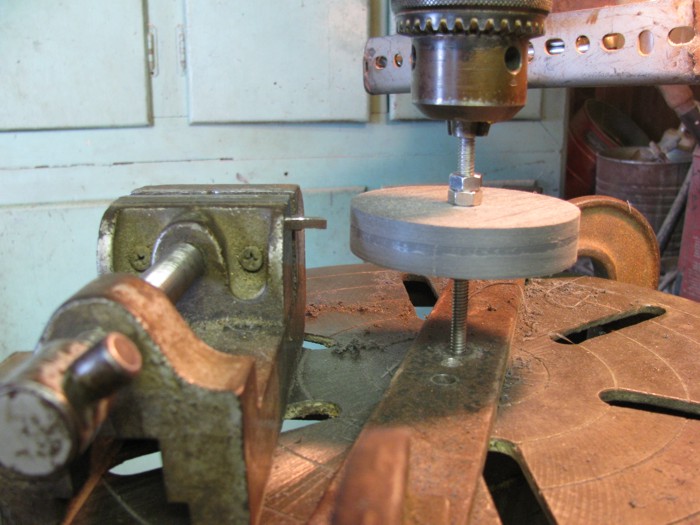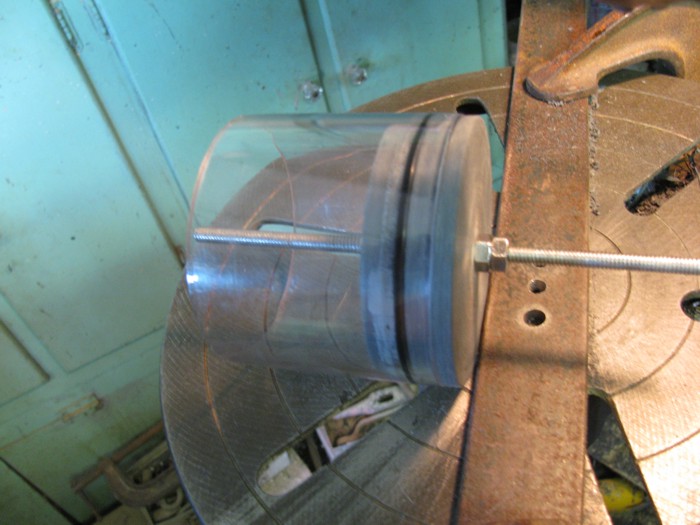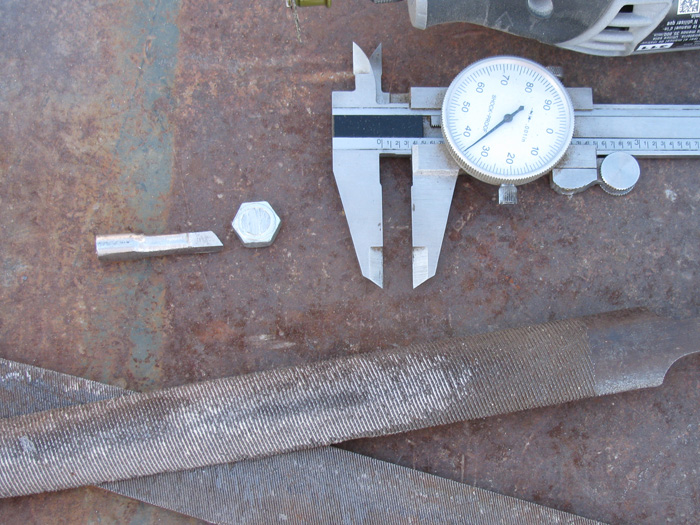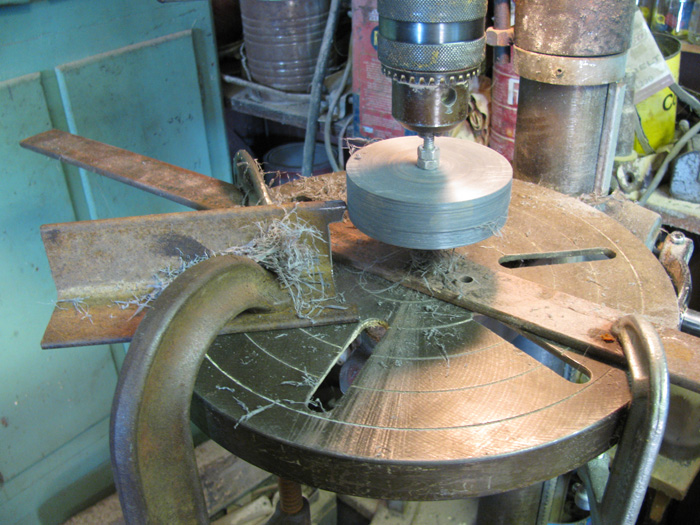To each their own. I look at is as simple math. Square = 4 surfaces, and 4 areas of possible failure to connect. Round = 2 surfaces, two possible failures.
1/96 Thor Permit
Collapse
X
-
Erich,
Sorry to say, but industry would disagree with you. In order to get a good seal the o-ring has to deform through compression and being stretched. A round groove does not allow that to occur, you need the square-cut groove to allow for that deformation. The only application that I am aware of that calls for a round groove (actually a pair of them face-2-face) is for specialized high vacuum applications.
-JeffRohr 1.....Los!
Comment
-
You're looking at the simple math 'backwards'....the 4 points of contact yield half the possibility of a leak vs. the 2 surfaces.Originally posted by eckloss View PostTo each their own. I look at is as simple math. Square = 4 surfaces, and 4 areas of possible failure to connect. Round = 2 surfaces, two possible failures.
-JeffRohr 1.....Los!
Comment
-
-
eckloss, I agree.
No need to have a pissing contest.
Just a discussion of opinions and ideas.
When building these models, if you find something that works for you, you should continue to use it.
We are not dealing with high pressure on the o-rings.
Just a static sealing to keep air and water from getting together.
45 years ago, I ran foundation drilling machines where seals where under as much as 3000 psi at about 90 gallons a minute.
Any dirt, miss alignment of seal material and seal retention nuts not tighten correctly would shoot streams of hot oil 200 feet out with enough pressure to cut through a car door.
yea, I have been there. A 1/4" relief lifted at 3100psi. (it was my truck door)
Our application requires a seal but not to hold pressure.
Well, not a lot of pressure.
We could probably place an o-ring on the tight fitting end cap with no groove and push the end cap in to the cylinder and with small long bolts hold the two end caps on tight enough to compress the o-rings between the cap and cylinder end to seal.
The people you mentioned made seal fixtures work the way they do because they are not working with any real pressure.
It is very likely someone new to building will have an idea I never thought of.
Me being me, I go out in to the shop and build a prototype to see if it works, is easier to build and easier to use.
If it is, I will use it when I can.
Comment
-
I make my own cylinders.
I use pvc rod to make end caps.
I do not have a lathe.
But I have what I refer to as a "Poor man's lathe". A drill press.
Cutting o-ring groove

O-ring on end cap inside test cylinder piece.

I make my own cutters from hardened bolts or angle iron.
This is a groove cutter.

This is an end cap cutter.

Comment
-
-
Very nice work!
I guess some might say I'm cheating by using a 3D printer. But it's a tool that does what I need it to do. Sure, there's a bit of testing, adjusting, reprinting. But it gets there in the end.
Jeff, I'm gonna give you a big man-hug when I see you next weekend LOL
Comment
-
I use what tools I have to build the things I build.
eckloss, you have or have access to a 3D printer.
It would be silly to not make use of it.
I remember the threads were some builders were saying you were not a real builder if you used technology.
(they were using poly-carbonate cylinders? Turning end caps on lathes. But 3D printing was too far? )
Well at some point in time all tools were new technology.
Comment
-
I am going to be at my parent's tomorrow, and will get some measurements for the end cap and bulkhead O-rings. As far as ordering new Buna-N O-rings, lets say the original sub-driver O-ring cross section ends up being say 1/16 of an inch in diameter, not sure if I should enlarge by a full or half 1/16th. So go with a cross section of 1/8th or 3/32. The other question is should I keep the original inner diameter or outer diameter? I am also wondering how much I should enlarge the grooves to accept the new rings. I imagine there would be manufacturer specifications listed with the rings that shoudl be followed.
I was reading some older literature about the sub-drivers and it got me wondering what to do if the seals do fail for the smaller push rod O-rings. If I understand this correctly , the o-rings are placed in the caps during the casting process, and I have no idea how you could replace them. It was mentioned before about using silicon sealant, but I don't know how the pushrods would be able to articulate if that is used. It looks like the motor seal is accessible however if that ends up being a problem.
Jeff, that would be great if I could use you lathe, but not sure when I could bring it by. I am also seriously considering getting a small one myself. I love how Ralph is using his drill press for milling work. That is a tool I do have, and could def try to make that work. My buddy Paul keeps telling me to try out Fusion 360 to make my own parts. (there was a time I used to do basic modeling on 3D studio max)
Erich, when you are making parts, lets say something like an end cap, do you build a tolerance into the design, or do you have to go in afterwards and finish parts? I imagine you would not want the end cap to be the exact outer diameter as the tube inner diameter.
Comment
-
When I do an end cap, I start with a measured, educated guess of the size of the inner cap and the size of the groove. I usually start with an outer diameter of about a millimeter smaller than the inside diameter of the cylinder for the cap. You don't want those to be the same, as there are sight variations in the wall thickness of the tube. Nothing major but enough that the cap might not fit in that tight of a situation. I put on the o-ring, grease it up a bit and see where I am. Then I adjust the size of the groove as needed, and reprint. In the past I've just used a rat tail file to enlarge the groove, but I found I get better results if I adjust and reprint. I keep a notebook full of measurements for each part I print for a specific boat so I can always have a hard reference.Originally posted by Parallax View PostErich, when you are making parts, lets say something like an end cap, do you build a tolerance into the design, or do you have to go in afterwards and finish parts? I imagine you would not want the end cap to be the exact outer diameter as the tube inner diameter.
Comment

Comment